☰ Cardiff Scientific Society


Reconstructing Ancient Conflagration: The Interface Between Archaeology and Forensic Fire Investigation
Dr Karl Harrison
Cranfield University
7th October 2015
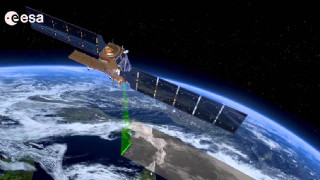
Studying the Earth's Surface
Professor David Llewellyn-Jones
University of Leicester
21st October 2015
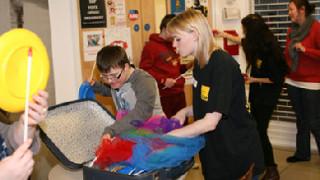
Eyes right everyone; the importance of eye care for children with disabilities
Dr Maggie Woodhouse
Cardiff University
4th November 2015

Towards a blended approach to the teaching of science
Professor Justin Dillon
Bristol University
18th November 2015
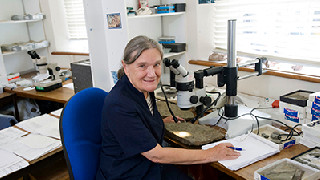
Plants invade the land: the Welsh connection
Professor Dianne Edwards
Cardiff University
2nd December 2015
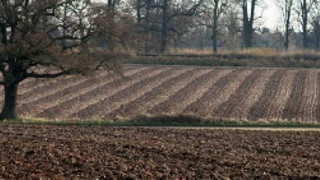
Sustainable food production: lessons from agroecology for a new generation of pest resistant crops by GM
Professor John Pickett
Rothamsted Research
9th December 2015

Polymers as Frontier Functional Materials
Dr Chris Finlayson
Aberystwyth University
13th January 2016
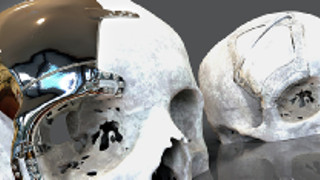
3D Printed Maxillofacial Implants - Achieving Nonchalance!
Dr Sean Peel
Cardiff Metropolitan University
27th January 2016

Scientific Challenges in Translational Medicine: from Biology to Therapy
Professor Sir Keith Peters
GlaxoSmithKline
10th February 2016

Global Resilience to Rising Sea Levels
Dr Carrie Lear and Dr Rhoda Ballinger
Cardiff University
24th February 2016
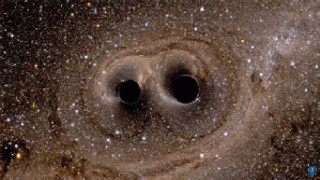
Gravitational Waves: Nature's Biggest Explosions
Dr Patrick Sutton
Cardiff University
9th March 2016
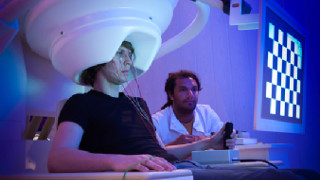
A Unique Brain Imaging Centre in Wales
Professor Derek Jones
Cardiff University
23th March 2016